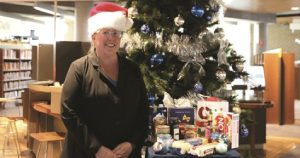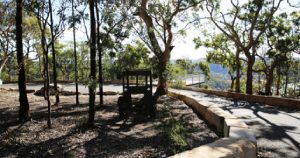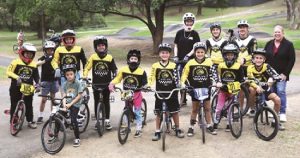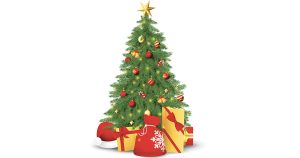By Bev Jordan
There’s a magical place in Dural that’s teeming with native wildlife that’s being cared for and nursed back to good health. Zambia
Mu the emu, Norman the black swan, Hugo the wallaby and Tigger the kangaroo, are just a few of the guests who have found a safe refuge in the sanctuary’s 16ha of bushland.
Now called the Zambia Native Wildlife Sanctuary, the sanctuary operated for 43 years as the Kangaroo Protection Co-operative, established by Marjorie Wilson.
Dural local Ben Dessen volunteered there as a teenager and for the past eight years, he has been a sanctuary manager, caretaker and volunteer.
Ben’s passion for what he does daily began at the age of six when Rosie the python came into his life.
“That was the catalyst that sparked my lifelong passion for wildlife,” he says.
He has been a volunteer with Sydney Wildlife for over 15 years and at the age of 15 started raising money to help support orangutans in Borneo, and eventually helped set up a rescue centre, featured in the documentary, Rise of the Eco-Warriors.
Ben had completed a Bachelor of Natural Science Majoring in Animal Science and Conservation Biology at Western Sydney University after graduating from high school in 2010 when he was approached by a member of the Kangaroo Protection Co-operative Board to live at the sanctuary and maintain the property. He and his brother Sam moved in and got to work.
“Over the years we have held regular working bees with a loyal team of volunteers to maintain the property and facilities,” says Ben.
“We rescue and rehabilitate a wide range of native animals and also provide a forever home for animals that are unable to be released due to their injuries. “
It was after the bushfires that he realised much more work needed to be done to improve the facilities at the sanctuary.
“After last year’s horrific bushfires, we were inundated with calls to help injured wildlife but sadly were limited in our capacity to assist due to a lack of physical resources.
“This was the catalyst for us wanting to develop the facilities at the sanctuary to create a world class rehabilitation centre.
“ He said limited financial resources prevented any major upscale of the sanctuary which is why he approached long-term friend Donna Wilson, director of the Zambia Wildlife Retreat in Wallacia.
“We ended up merging with Zambia and the KPC was re-named the Zambia Native Wildlife Sanctuary to better reflect our mission to help all wildlife in need. “
The Zambia Wildlife Foundation raises the funds to operate both facilities.
The merger has enabled the wildlife sanctuary at Dural to embark on major improvements and get grants and sponsorship to provide enclosures, fencing, landscaping and veterinary equipment.
There are also plans to build a state-of-the-art wildlife hospital on-site that will operate seven days a week.
“Zambia is run entirely by donations, sponsorships, our own fundraising initiatives and the generous support of volunteers and local businesses in the community,” says Ben.
“Recently, we were incredibly fortunate to be successful in receiving a $50,000 grant through the Wildlife Heroes Project (an initiative of the Foundation for National Parks and Wildlife) which was used to build six spacious flight aviaries which will be used for the rehabilitation of a wide range of native species.
“Bendigo Bank Galston has also been a long-term supporter of the sanctuary and recently purchased us almost $20,000 worth of medical equipment to help fit out our temporary wildlife clinic on site.”
He said the International Fund for Animal Welfare helped by donating brand new stainless-steel hospital enclosures.






